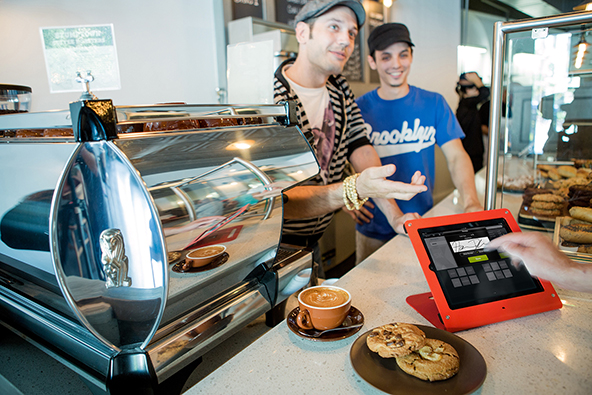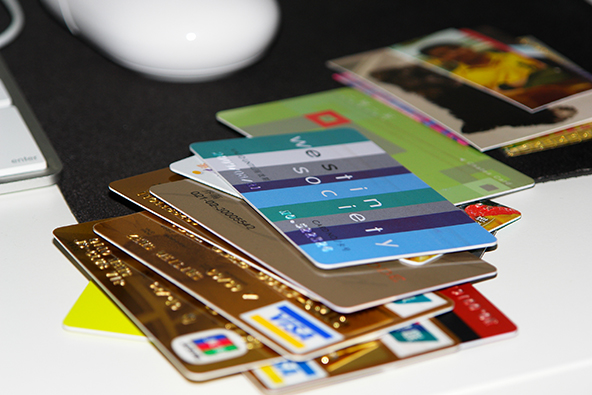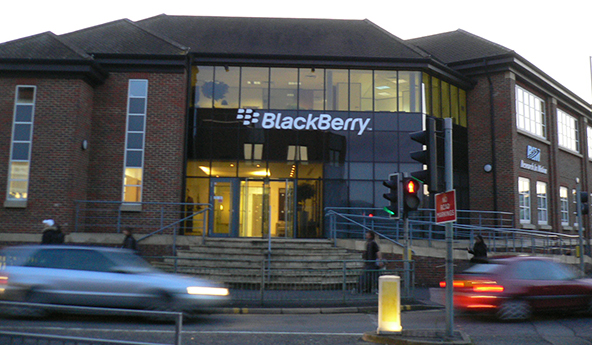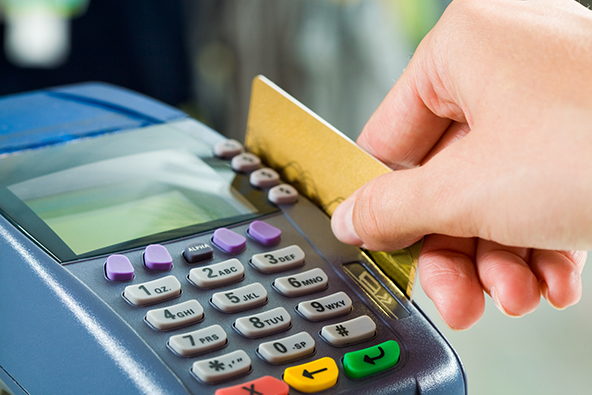How Credit Cards Are Killing the Barista’s Tip

Reuters’ Kathleen Kingsbury is reporting on an unwanted side effect of the huge success which credit cards and mobile payments services have had in displacing, or at least supplementing, the traditional payment methods at coffee shops and elsewhere. Electronic payments, it turns out, threaten to render extinct the gratuity, on which restaurant workers depend to supplement their wages. Needless to say, that is a rather big issue for both the affected workers and their employers.
Though I’ve never given the issue much of a thought, I am not really surprised. In fact, I’m part of the problem. See, I never use cash at Starbucks, for two reasons: I hate being given coins back in change and I get cash back when using my credit card. Moreover, when I am charged more than $3 for a latte, I feel like I’ve already paid quite enough. And at restaurants, I always put the tip on my credit card. Evidently, there are many others with similar payment habits, but, ironically, it may just turn out that the very technology that is causing all these problems could also lead to the solution. There are now start-ups, Kingsbury reports, which are devoted to making it easy to leave an electronic tip. Now, I have my doubts about the viability of these start-ups’ business models, but the issue deserves a closer look.
Tips vs. Wages
Kingsbury’s article is focused on the plight of coffee shop baristas, whose pay, we are reminded, “is directly impacted as fewer customers leave behind loose change as tips”. There was a time when tip jars were contributing $2 or $3 to the baristas’ hourly wages, according to one of the experts cited in the piece, but today that revenue stream has all but dried up. Now, it should be noted that, when it comes to wages, the law treats coffee shop employees very differently from restaurant workers. Here is how Kingsbury has summarized the difference:
Restaurant workers typically earn what’s known as a “server’s wage,” the federal tip minimum wage of $2.13 per hour since 1991, with the expectation that they’ll earn the rest of their hourly wages in tips. Even with tips, however, the median wage for restaurant workers is $8.90 per hour, slightly below the poverty level for a family of three, according to the advocacy group ROC United. Plus, compensation rarely includes health insurance or retirement plans.
What most restaurant-goers don’t realize is that when they tip on plastic, management will often deduct a portion, usually for processing fees, before distributing the money to servers on a weekly or monthly basis. State law in New York and several other states prohibits management from taking any part of tips for any reason.
Baristas, on the other hand, don’t work for tips. By law they make at least minimum wage. At major coffee houses like Starbucks, they may also qualify for health benefits.
We aren’t given a figure for the median wage of coffee-shop employees, but, considering that the current minimum federal wage is $7.25 per hour, it is likely to be in the neighborhood of the one for restaurant workers, and it is possible that it is slightly higher (one coffee shop owner cited in the article says her employees make $9-$12 in wages). But whatever their median wage is, it should be recognized that baristas were not meant to be dependent on tips for their wages. Yet, Kingsbury tells us that “[t]he rule of thumb, among baristas at least, is $1 per drink for counter service”. Well, I, for one, do not accept that rule, whoever may have come up with it. If I paid an extra dollar for my $3 latte, that would have been a 33-percent surcharge, which I think is excessive (and the surcharge would have been even greater if I decided to have an espresso).
DipJar to the Rescue
No, I did not misspell the word. DipJar is the name of one of the start-ups mentioned in the article, which aim to solve the issue of disappearing tips. Here is how it works, as described by Kingsbury:
With a quick dip of their credit cards into the sleek machine, grateful customers are able to leave a pre-set tip (generally $1) for baristas. An old-fashioned cash-register chime alerts them that the transaction has gone through, but there is no receipt. Counter workers later divvy up the proceeds, which right now are not subject to a processing fee.
DipJar’s website offers a few more details:
Retailers talk with us to receive a DipJar. Once it’s in hand, they simply register it through this website (including telling us who’s working at the store and a bit of information about the location). Then they simply plug the DipJar into a power outlet and they can start accepting tips.
Then here is what the start-up tells us about its service’s cost:
DipJar is completely free to retailers. A small service fee is deducted from every tip for processing. The main costs associated with getting the electronic tips to employees are the credit and debit card fees charged by card issuers. We can’t control those, but we are doing everything possible to minimize them. We will always deliver at least 80?ó of a $1 tip to employees, and we’re working frantically to get that amount up to 90?ó or more.
So DipJar’s offering sounds reasonable, but how much of a difference has it made for the employees of the coffee shop in Kingsbury’s story? Well, the author tells us that “[b]aristas receive $5 to $10 from the electronic jars every couple of weeks”. Evidently, customers are not madly in love with it.
The Takeaway
So what are we to make of the dwindling coffee shop tips? Well, it seems to me that baristas are collateral damage of the electronic payments revolution. They just happened to be at the wrong place at the wrong time. And I just can’t see how e-tip services like DipJar can make any difference — it will be extremely difficult to convince consumers that leaving a dollar tip on a $3 purchase is justified.
Image credit: Coffeetalk.com.


